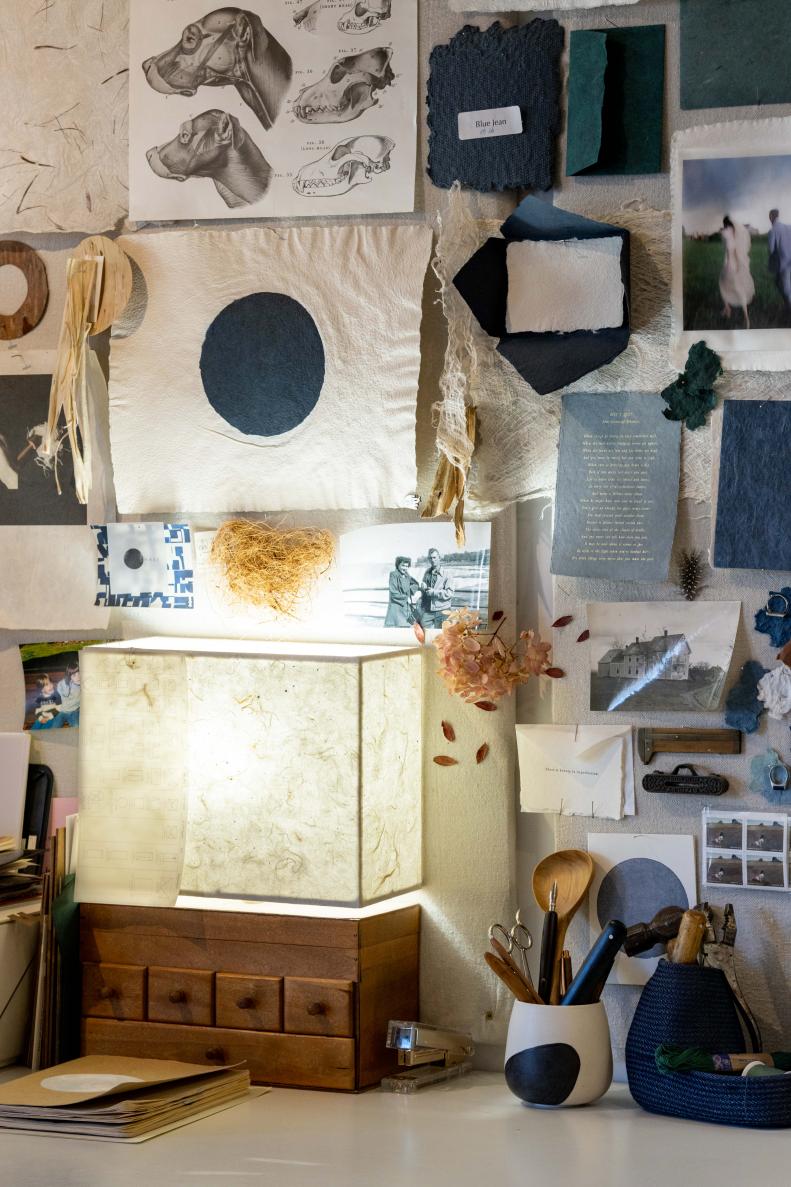1 / 22
Photo: Danielle Sykes.
From:
HGTV Handmade.
Passion for Papermaking
Artist Stephanie Hare fills her Ellsworth, Maine, SHare Studios with perfectly imperfect handmade paper that draws customers in search of colorful, textured stationery, wedding invites and even canvas squares with embedded feathers. But her origin story didn’t start with a beginner’s guide to paper making — it started with light. “My introduction to handmade paper was working at a little gallery in Brooklyn, Maine,” she says. “I was a gallery manager and learned how to make custom lampshades, and that’s really where it all started for me. [It] was the beauty of handmade paper as it’s illuminated.”









